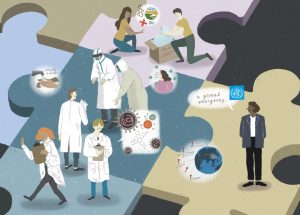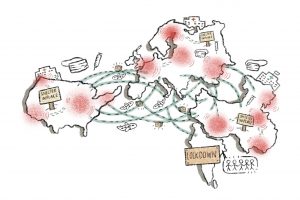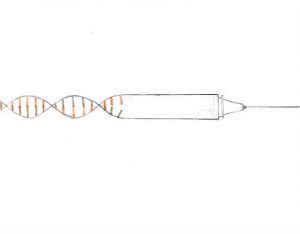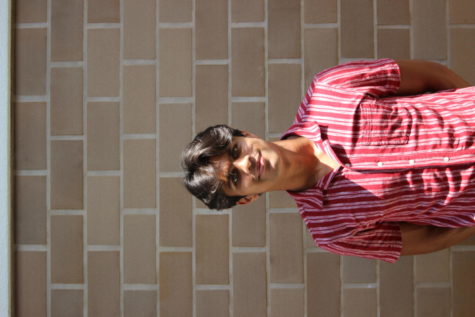The race to find a COVID-19 vaccine: virologists are closer than expected
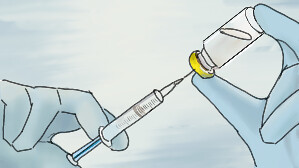
Several research groups propose timelines for a COVID-19 vaccine, but next steps remain unclear
September 14, 2020
Rumors are spreading of a potential COVID-19 vaccine available for public use as soon as Nov. 2020. However, many issues come along with the discovery of this vaccine.
It seems like an unlikely occurrence, but the speed of development would be a remarkable progression in the world of vaccination. However, this also raises a fundamental question: Will it be safe?
As the coronavirus pandemic progresses, there have been large developments in the creation of a vaccine. Several research groups have provided promising results with nine vaccines approved for large-scale efficacy tests and three approved for early or limited use.
The progression of vaccine development at such a rapid pace is unparalleled. Normally, vaccine development is a process that takes an average of 10 years throughout various stages: exploratory, pre-clinical, clinical, regulatory review and approval. However, the development of the COVID-19 vaccine has been produced at a “pandemic” speed. Barney Graham, Deputy Director of the National Institutes of Health’s Vaccine Research Center comments on the speedy development.
“Because it was Coronavirus, we could get into a Phase 3 trial in six months instead of two years,” Graham said.
This swift development of a working vaccine is thanks to the virus itself. The structure of the pathogen makes it much easier to destroy than other viruses. Along with this, the development of the Sars-1 vaccine has aided in the search for a vaccine for Sars-CoV-2, since the structures of the two viruses are similar. Rama Rao Amara, a virologist at Emory University, speaks on the similarities between the two viruses.
“SARS-2 is quite similar to SARS-1, especially in that spike protein.” Amara said.
The definition of a “working” vaccine, however, does not stand in its ability to protect the whole population from the virus.
In order for the vaccine to be FDA approved, it must work successfully on 50 percent of the population. This means that the vaccine will most likely not stop the pandemic in its tracks but allow for a slowdown and greater control.
The struggle of being the first to discover a vaccine has led to a race in the private sector. Angela Rasmussen, virologist at Columbia University, expresses her discontent for the term “vaccine race” in an interview with STAT news.
“I really hate the term vaccine race. Because that implies there’s going to be a medal ceremony, and the pandemic is over,” Rasmussen said.
As with any expedited medical expenditure, there is a caveat. Will the vaccine be safe? As an official answer, yes. The National Institution of Health claims that any vaccine available for public use will have undergone a variety of testing to ensure its safety. Dr. Anthony Fauci, the Director of the NIAID, also claims that finding a safe and effective vaccine is an “urgent public health priority.”
However, the discovery of a working vaccine will create further challenges. Who will be the first to receive the vaccine? This is quite a controversial topic, but there is a clear consensus on who the first group to receive treatment will be: Healthcare workers.
To get a better understanding of who is most likely to receive the vaccine next, records from previous pandemics, such as the H1N1 influenza virus of 2009, can give us a good insight. During the 2009 pandemic, the first treatment group included health workers and public health personnel. Following this came those in military service, intelligence services, as well as those working in utilities and IT. The third tier included children, while the fourth included high risk adults, and lastly, healthy adults.
However, since the H1N1 virus affected children disproportionately, it is unlikely that we will see this exact hierarchy in the case of COVID-19, as we can predict that those least likely to become ill will be the last to receive the vaccine.
The next challenge is the distribution of the vaccine and who will pay for it. Morrison and Andy Pekosz, who are professors at John Hopkins University, claim that the distribution infrastructure will most likely be built upon existing flu vaccine infrastructure.
The leading issue also lies in the cost of the vaccine. This is a struggle, as federal agencies go head to head with the private sector in creating legislation for when the vaccine does come out. The capitalist economy in America has certain companies fighting between morals and profit. In the end, those who cannot afford it will receive the vaccine for free. As for those who can, the government estimates that prices will start at $4 a dose while the private sector estimates that they will start at $32.
Professor Morrson lays out the simple conclusion on vaccine production in an interview with Axios.
“We’ve never faced anything of this scale, and urgency and complexity before…the pressures to get the vaccine out are simply going to be extraordinary,” Morrison says.

